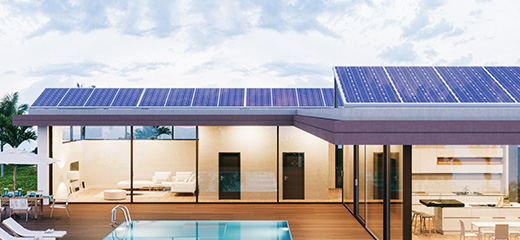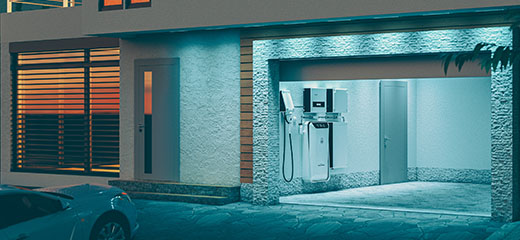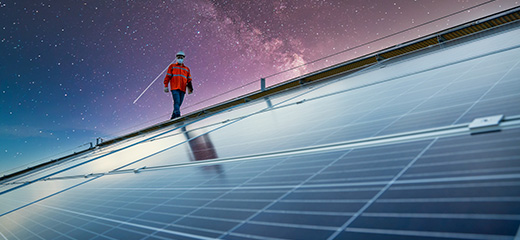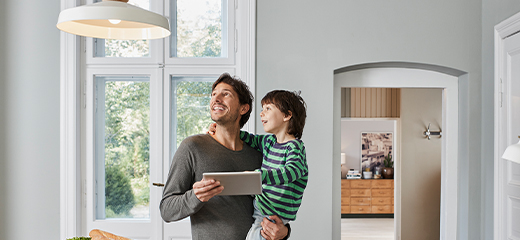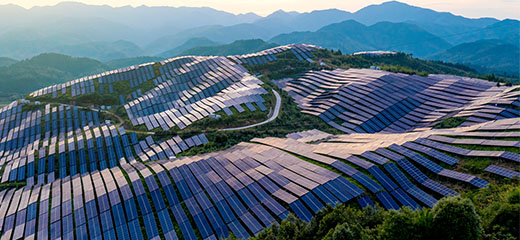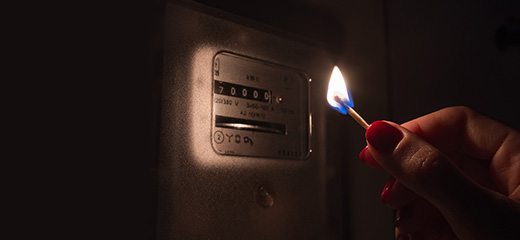
Factors to consider before going solar
Solar power is becoming an increasingly attractive option for homeowners as electricity costs rise and the frequency of loadshedding increases. With our sunny weather, South Africa offers optimal conditions for solar power; however, feasibility needs to be considered on a home-by-home basis.
This is according to Riskscape director, John Dann. The company, which builds geospatial actuarial solutions, has been working with LookSee.co.za to develop a Solar Score for residential homes in South Africa.
“There are various factors to consider when looking at whether a solar installation is feasible for a particular home. These include the cardinal direction of the roof plane, roof area, roof slope, horizontal irradiation and shade,” he explains.
For homeowners looking to make a solar investment, Dann explains the role each factor plays.
Cardinal direction
This speaks to the direction each plane or façade of your roof faces. In South Africa, the optimal direction for a roof plane to face is north because it will be exposed to morning, midday and afternoon sun.
Roofs that face east or west can also benefit from solar, however, they will harness less electricity due to reduced exposure to the sun. Roof planes that start to lean towards a southerly direction are not feasible for solar power.
Roof area
Once you have identified the optimal planes of your roof, it is time to calculate how much usable space you have for solar panels. Remember, you are only looking at the feasible planes of your roof in terms of cardinal direction.
Solar panels are rectangular in shape and should not extrude past the sides of your roof. Once you have determined how much roof space you have, you can then calculate how many solar panels your roof can cater for. Remember to adjust your calculations for the areas between panels and the positioning of the panels on the feasible roof planes.
If your optimal roof space can only hold less than 6 panels, then your solar system will only produce minimal amounts of electricity for your household and may not be feasible for a solar installation. Roofs that can hold upwards of 24 solar panels facing in a northerly direction offer excellent opportunities for going ‘off the grid’ and even potential for selling back to your municipality.
Roof slope
The angle of your roof is less of a problem in terms of harnessing electricity; however, it could have an impact on the installation costs.
If your home has a flat roof, for instance, you will need to include angled frames for your solar panels in the final price.
Roofs with extreme slopes also attract additional costs as the installation requires more safety equipment and is more difficult to do.
Horizontal irradiance
Horizontal irradiance is a metric for solar energy, measuring the radiant power from sunlight received on a surface perpendicular to the sun's rays. It is useful when considering a solar power installation in a specific location.
Generally speaking, South Africa has very good horizontal irradiance for most areas in the country. If you live in the Western Cape, however, you will want to speak to a solar specialist about whether your home’s position is still optimal.
Shade
Finally, you need to pay attention to the amount of shade that falls on your roof during the day.
While you may be able to prune down your own trees to ensure your solar panels get optimal sun exposure, your neighbours’ trees, mountains or nearby tall structures could limit the amount of sun your solar panels get to a few hours a day.
The LookSee Solar Score provides insights into your roof’s potential to generate electricity and save money.
